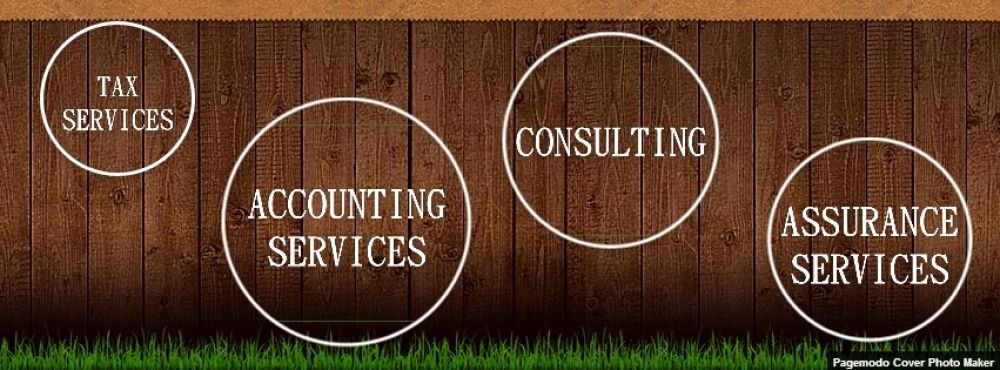If you like to watch game shows and enjoy all the excitement that goes with watching contestants win prizes, then you can add another element to your viewing pleasure by considering how the contestants will handle the IRS Form 1099 they receive for the value of the items they won. You may not have thought much about it, but the contestants must pay federal and applicable state income tax on the cash and the value of the goods they win on game shows.
The lucky ones are those who simply win cash. They will have money to pay the taxes— unless, of course, they overlook the tax issue and spend all the winnings and end up with a tax liability they cannot pay. All that winning excitement turns into a stressful financial problem, and they probably end up wishing they hadn’t won.
The winners of non-cash prizes have more complex issues. They are required to pay taxes on the fair market value of the prize. The problem here is that game shows generally report prizes at full retail value and not the price the items would fetch on the open market. Take for example a contestant who wins a trip. Typically, hotel packages are valued by the game shows at their top retail value, not the discounted rates that can be obtained online or through a travel agent. Thus, those who accept the trip may not be able to afford the taxes on the trip, and after a week in paradise, they find themselves in tax purgatory.
The issue becomes a real financial drag for the taxpayer who is unable to pay the tax liability because they end up with failure-to-pay (and perhaps underpayment of estimated tax) penalties and interest that the IRS keeps tacking on until the liability is finally paid in full.
The tax issues can be avoided by refusing the non-cash prize, especially if the prize is something of no use to the winner. Another option for easy-to-sell items is to accept the prize and then sell it (not to a relative or friend). The gap between retail and real value can be especially harmful for winners who accept a prize with the intent to resell it: They're paying taxes on a value they have no hope of recouping, which eats into the profits.
Remember back in 2004 when Oprah Winfrey gave away to everyone in the audience a Pontiac? The sticker price of those cars was $28,500, and that amount had to be claimed as income by the audience members. If the person who received a car was in the 25% tax bracket, they were looking at a tax bill of $7,125. So the free car wasn’t free and could have ended up as a tax headache for some.
One famous contestant on “Survivor” did not report his $1 million winnings, claiming that CBS had told him the network was responsible for the taxes. It turns out that the contract he signed with CBS specifically stated that he was responsible for the taxes, and as a result, Richard Hatch ended up in federal court, where he was convicted of tax evasion and sentenced to a 51-month prison term.
When watching “Extreme Makeover: Home Edition,” you probably never thought about the tax implications to the beneficiaries of the home makeover. The makeover is classified as winnings and subject to income tax, as is the trip the homeowners took while the makeover was in progress. Then there is the real property tax issue; in most jurisdictions, the property taxes are based on the value of the home. Once the improvements are made, the homeowner’s property taxes will substantially increase.
As you can see, there is a down side to being a game show winner! If you have more questions related to prize winnings, please give our office a call.
The lucky ones are those who simply win cash. They will have money to pay the taxes— unless, of course, they overlook the tax issue and spend all the winnings and end up with a tax liability they cannot pay. All that winning excitement turns into a stressful financial problem, and they probably end up wishing they hadn’t won.
The winners of non-cash prizes have more complex issues. They are required to pay taxes on the fair market value of the prize. The problem here is that game shows generally report prizes at full retail value and not the price the items would fetch on the open market. Take for example a contestant who wins a trip. Typically, hotel packages are valued by the game shows at their top retail value, not the discounted rates that can be obtained online or through a travel agent. Thus, those who accept the trip may not be able to afford the taxes on the trip, and after a week in paradise, they find themselves in tax purgatory.
The issue becomes a real financial drag for the taxpayer who is unable to pay the tax liability because they end up with failure-to-pay (and perhaps underpayment of estimated tax) penalties and interest that the IRS keeps tacking on until the liability is finally paid in full.
The tax issues can be avoided by refusing the non-cash prize, especially if the prize is something of no use to the winner. Another option for easy-to-sell items is to accept the prize and then sell it (not to a relative or friend). The gap between retail and real value can be especially harmful for winners who accept a prize with the intent to resell it: They're paying taxes on a value they have no hope of recouping, which eats into the profits.
Remember back in 2004 when Oprah Winfrey gave away to everyone in the audience a Pontiac? The sticker price of those cars was $28,500, and that amount had to be claimed as income by the audience members. If the person who received a car was in the 25% tax bracket, they were looking at a tax bill of $7,125. So the free car wasn’t free and could have ended up as a tax headache for some.
One famous contestant on “Survivor” did not report his $1 million winnings, claiming that CBS had told him the network was responsible for the taxes. It turns out that the contract he signed with CBS specifically stated that he was responsible for the taxes, and as a result, Richard Hatch ended up in federal court, where he was convicted of tax evasion and sentenced to a 51-month prison term.
When watching “Extreme Makeover: Home Edition,” you probably never thought about the tax implications to the beneficiaries of the home makeover. The makeover is classified as winnings and subject to income tax, as is the trip the homeowners took while the makeover was in progress. Then there is the real property tax issue; in most jurisdictions, the property taxes are based on the value of the home. Once the improvements are made, the homeowner’s property taxes will substantially increase.
As you can see, there is a down side to being a game show winner! If you have more questions related to prize winnings, please give our office a call.













